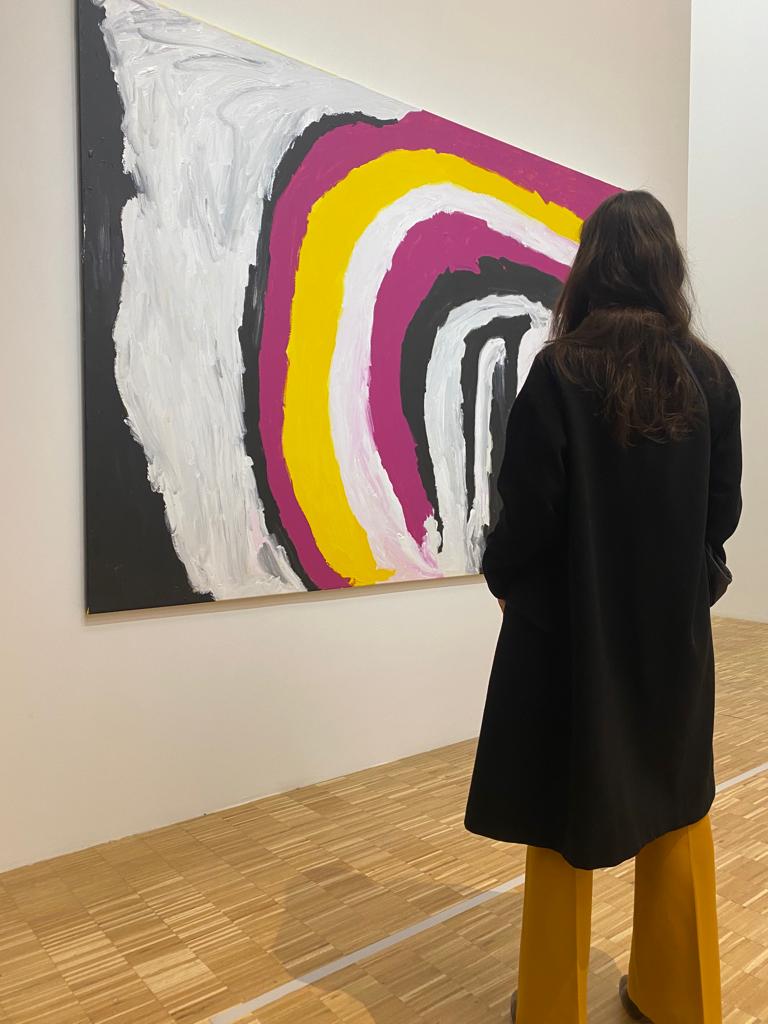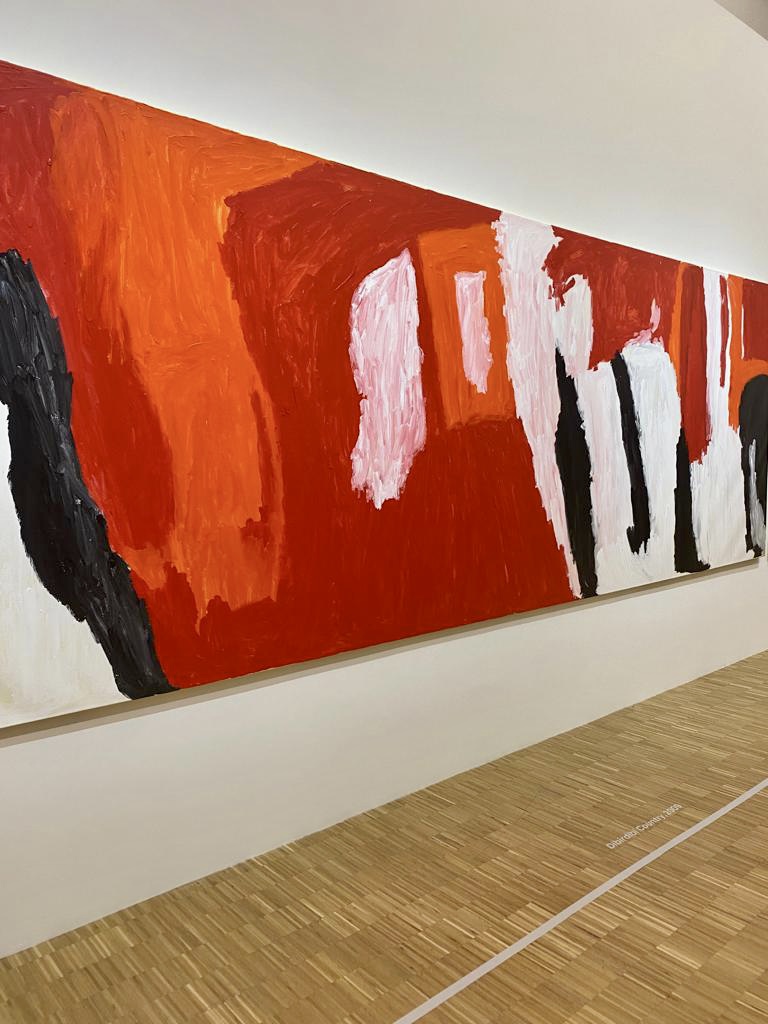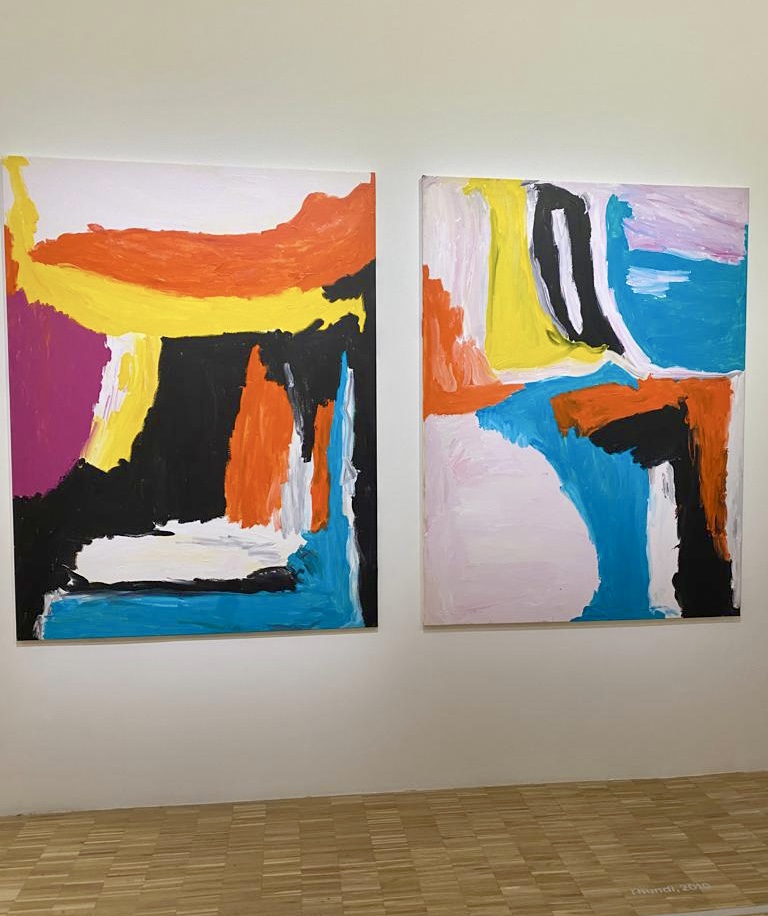Stop killing innocents!
Nurturing seeds of peace in a polarised reality
Protesters march in the major cities to demand a cease-fire in Gaza: stop killing innocents! Even Jewish activist groups are demanding it. Tavi Gevinson is among the Jewish writers who signed an open letter: Critiquing the State of Israel is not antisemitic. These voices are like seeds of peace, attempting to overcome divisions.
On October 7, Hamas perpetrated a brutal attack on Israeli towns and kibbutzes, killing 1400 people – innocent civilians; an immense horror strongly condemned. But the consequent massacre of Palestinians by Israel is even worse. The revenge is genocide: Israelis killed thousands of people. In Gaza, about half the population is under 18.
The matter of Palestine and Israel is complex. Also, it hides layers of prejudice, taking this or that political side and polarizing the debate, dumping the consequences on innocent people and children.
“During times of conflict and suffering, we can only hope that outsiders who are not immediately affected will nurture seeds of peace. The job of intellectuals, artists and scholars is to try and go deeper. To try and see the complexity of reality, especially in today’s climate of post-truth. It feels intellectually and emotionally lazy to just pick a side.” – Yuval Noah Harari (historian and author).
On both sides, there’s so much pain and grief. To understand what’s going on, we found illuminating Doctor Gabor Maté’s video. Gabor Maté is a Hungarian naturalised Canadian physician, best-selling author and speaker. Renowned addiction expert sought after for his expertise on trauma, addiction, stress and childhood development. Also, he is a Holocaust survivor.
Indeed, his personal life experience lived the brutality of the Nazis, and such a horrendous trauma impacted him as a child. So, we share his latest video here below.
How far does Israel want to go with revenge? Furthermore, to what extent can the international community accept infringements on the Geneva Convention?
When we read about the Nazis, one of the questions is: how could people remain silent? Silence equals passive complicity, so we cannot make the same mistake now.
Above all, we need to overcome divisions by nurturing seeds of peace. So, we stand with those who demand to stop killing innocents!
Stop killing innocents! Read More »


